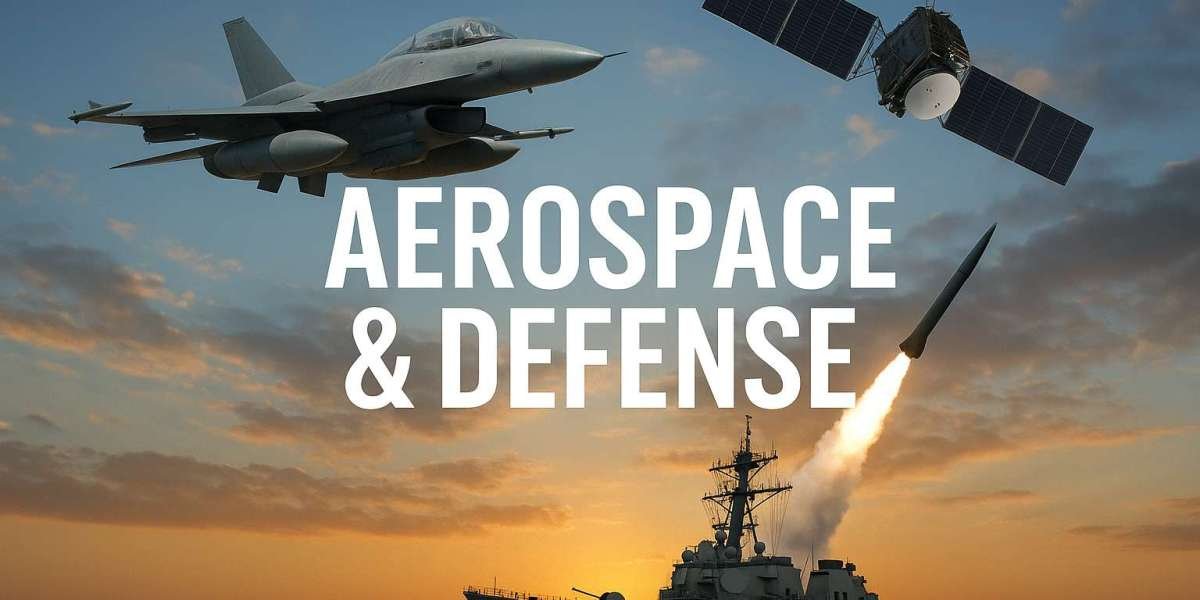Sensors are the lifeblood of modern military operations. Among these, Military Electro Optical Infrared Systems Market suites have taken centre stage, allowing forces to operate with enhanced vision under all circumstances. The market for these systems is evolving at a steady clip and merits closer inspection.
Industry Overview
EO/IR systems equip military platforms with the ability to detect and engage targets under night, fog, smoke or other degraded-visual environments. These systems have become ubiquitous across land vehicles, fixed-wing and rotary aircraft, naval vessels and unmanned systems. The move toward smaller, lighter, smarter sensor packages—paired with data-fusion and networked architectures—is reshaping the industry. In parallel, defence forces demand payloads capable of supporting complex missions such as counter-insurgency, border surveillance and maritime domain awareness.
Market Outlook
According to recent analysis, the market is projected to grow at around 6 % annually between 2023 and 2030, reaching a value in excess of USD 10 billion by the end of that horizon. Growth is being driven by increased military spend, higher adoption of advanced imaging technologies and platform modernisation initiatives – especially in regions responding to shifting strategic dynamics.
Key Players and Their Roles
Several major organisations dominate the supply chain. Lockheed Martin (US) and Northrop Grumman (US) serve as leading integrators for high-end defence platforms. Thales (France) and Leonardo (Italy) deliver specialised sensors and subsystem integration, while Elbit Systems (Israel) is known for agile, modular EO/IR suites often used on drones and light vehicles. These market participants are increasingly moving toward global partnerships, sensor miniaturisation and artificial-intelligence integration in imaging pipelines.
Segmentation & Growth Patterns
The market segmentation highlights where the action is taking place. Types such as infrared imaging and image intensification remain foundational, while advanced types like hyperspectral and multispectral sensors present higher growth rates. Sensor technologies categorised as staring or scanning vary by platform and use-case. Platform segmentation shows airborne systems as the largest share presently, but land and naval systems are fast expanding. Geographically, North America remains the dominant region, but demand in Asia-Pacific, Middle East & Africa is accelerating.
Conclusion
For industry watchers, the growth of EO/IR systems is more than just incremental—it reflects a strategic shift toward enhanced sensing and domain awareness. Companies positioned to deliver smarter, lighter, network-ready sensor suites will be well placed for the years ahead.



